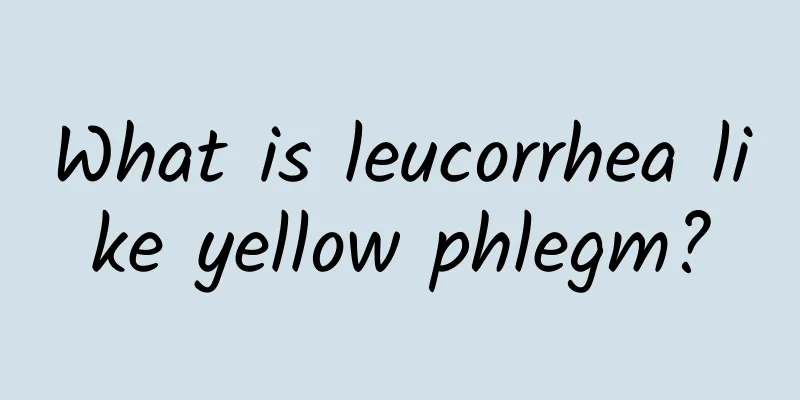Indications and contraindications for thoracentesis

|
Thoracentesis, also known as thoracentesis, is a very important diagnostic and treatment technique. The principle is to diagnose or treat diseases by extracting pleural effusion or gas. Thoracentesis has strict indications and contraindications. The best effect can only be achieved when the conditions for thoracentesis are met and there are no contraindications in this regard. So, what are the indications and contraindications for thoracentesis? Indications In order to clarify the nature of pleural effusion, thoracentesis and fluid extraction are required to assist in diagnosis; for patients with large amounts of fluid or air accumulation that cause lung compression symptoms, and for patients with empyema who need fluid extraction for treatment; drugs must be injected into the chest cavity, etc. Contraindications (1) There is inflammation, tumor, or trauma at the puncture site. (2) Severe bleeding tendency, hemoptysis, severe pulmonary tuberculosis, emphysema, etc. Precautions (1) Patients with coagulation defects, bleeding diseases, or those taking anticoagulant drugs should be treated accordingly before undergoing this surgery. (2) Adequate anesthesia should be provided at the thoracotomy site to prevent the occurrence of pleural shock. (3) The needle should be inserted close to the upper edge of the ribs to avoid injuring the intercostal blood vessels and nerves. Needles, latex tubes or three-way switches, syringes, etc. should be kept airtight to prevent air from entering the chest and causing pneumothorax. (4) The puncture should be performed carefully, the technique should be skillful, and the disinfection should be strict to avoid causing new infection, pneumothorax, hemothorax, or accidental injury to blood vessels, heart, liver, and spleen. (5) Avoid coughing during the puncture process. And the patient's changes should be observed at any time. If you experience pale face, sweating, dizziness, palpitations, or weak pulse, stop puncture immediately. Let the patient lie flat, give him oxygen inhalation if necessary, and inject epinephrine or sodium benzoate caffeine subcutaneously. In addition, appropriate treatment should be given according to the condition. (6) The fluid must be drawn out slowly. If a large amount of fluid needs to be drawn out for treatment, a three-way switch should be connected behind the puncture needle. Do not drain too much fluid during treatment. If necessary, the aspiration can be performed in several times. The amount of fluid aspirated for the first time should not exceed 600ml, and the amount of fluid aspirated each time thereafter should generally be around 1000ml. (7) If bloody fluid is drawn, the extraction should be stopped immediately. (8) When injecting drugs into the chest cavity, after drawing out the fluid, connect the syringe containing the drug solution, draw out a small amount of chest fluid and mix it with the drug solution before injecting it to ensure that it is injected into the chest cavity. |
<<: Indications and contraindications for gastric lavage
>>: Contraindications of fumigation
Recommend
How to deal with children's rebellious psychology
It is common for children to have a rebellious me...
Symptoms of purpuric nephritis, it turns out that this is how it is classified
Many people know about purpura nephritis, but few...
What causes stomach pain and vomiting in pregnant women?
Pregnant women will experience many symptoms duri...
What is the reason for clear nasal discharge and yellow phlegm
Every time the seasons change, many people will ca...
How to make spicy crayfish tails
When the hot summer comes, the night market busin...
Why is there less fetal movement in late pregnancy?
In the late pregnancy, the baby's fetal movem...
Is yellow sperm normal? What's going on?
Yellow sperm is very common. Many factors need to...
Small coronary artery-pulmonary artery fistula
Anyone with a little medical knowledge knows that...
What medicinal materials can be used to make wine with black ants?
Black ants can balance nutrition for the body, im...
What happens if the fetus is born without oxygen?
Some pregnant women often experience unexpected s...
Is it OK to eat apples for three consecutive days?
Many people say that eating apples will not make ...
Symptoms of fever and cold
The hot summer has arrived, and many people belie...
What to do if you have a urinary tract infection?
Urinary tract infection can affect both men and w...
How to prolong menstrual period when you are approaching menopause?
Women's menstruation is a very important phys...
Can the mole on the neck be removed?
It is normal to have moles on your body and they ...









